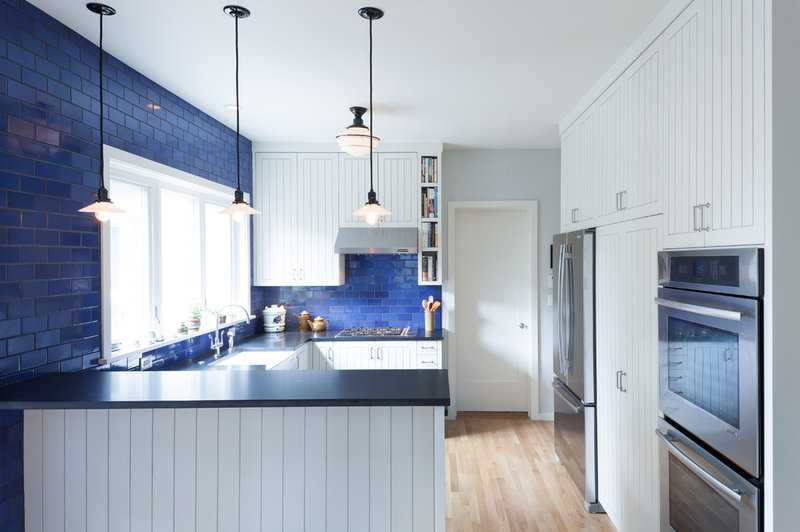The ongoing contention regarding the ultimate motives of the major online listing portals recently came to a head during a rousing panel discussion at RISMedia’s Real Estate CEO Exchange earlier this fall. During the session – “The Data Debate: Is Disintermediation a Real Risk?” – the true intentions of the online portals were debated with the hopes of revealing whether the current players are in fact, broker and agent friendly.
Held at New York City’s prestigious Yale Club on Sept. 18, the panel was moderated by longtime industry veteran Ken Jenny, managing partner, Mediatise, LLC. Panelists included leading listing portal executives and brokerage representatives, including: Curt Beardsley, VP, Customer & Industry Development, MOVE/realtor.com®; David Charron, president and CEO, MRIS; Alon Chaver, vice president, Industry Services, Trulia; Bob Hale, president and CEO, Houston Association of REALTORS®; Greg Schwartz, chief revenue officer, Zillow; and Andy Woolley, vice president/GM, Homes.com.
Jenny opened the discussion in the spirit of unity. “It’s not my goal to push the two factions further apart, because the idea is to learn to work together,” he stated. “We just love to hate something in this business. When something comes along that does a great job of working with us, we’re highly suspicious of the motives. We want to know, ‘how can it hurt me?’”
According to Jenny, given the voluminous amounts of listing data flowing through today’s market, if real estate professionals only advertised their listings through traditional avenues, they would be doing a disservice to themselves and their consumers. Jenny asserted that the distribution solutions offered by online portals, when blended with a print strategy, provide brokers and agents with the right marketing strategy for listings.
Jenny launched the debate, therefore, by asking listing-portal executives the question on the minds of many brokers: “Are you a disintermediator?”
“I get up every morning with the same purpose,” responded Zillow’s Schwartz. “Our purpose is to help real estate consumers find homes they love and can afford by working with the world’s best agents. We do that by mining data and utilizing social community. I never woke up saying, ‘we’re going to get our brokerage license.’ We know how to write software and how to sell ads. That’s our thing. You all do something that is very hard, complicated and demanding. We think we amplify your efforts. That’s our purpose.”
Trulia’s Chaver put forth a similar assertion. “We are not disintermediators in any sense of the word,” he explained. “We have a very simple mission and that is to connect consumers with agents. We want to partner with brokers as they are transitioning from newspapers. We also want to take the looky-loos and teach them about real estate, so when they are ready, we can connect them with an agent. We never take FSBOs. We work with over 2,500 brokers. Consumers generally don’t know much about Trulia, and that’s because our intent is to accelerate and build the broker’s brand, not ours.”
http://rismedia.com/2013-11-26/listing-portals-whats-the-real-end-game/?utm_source=newsletter&utm_medium=email&utm_campaign=eNews





